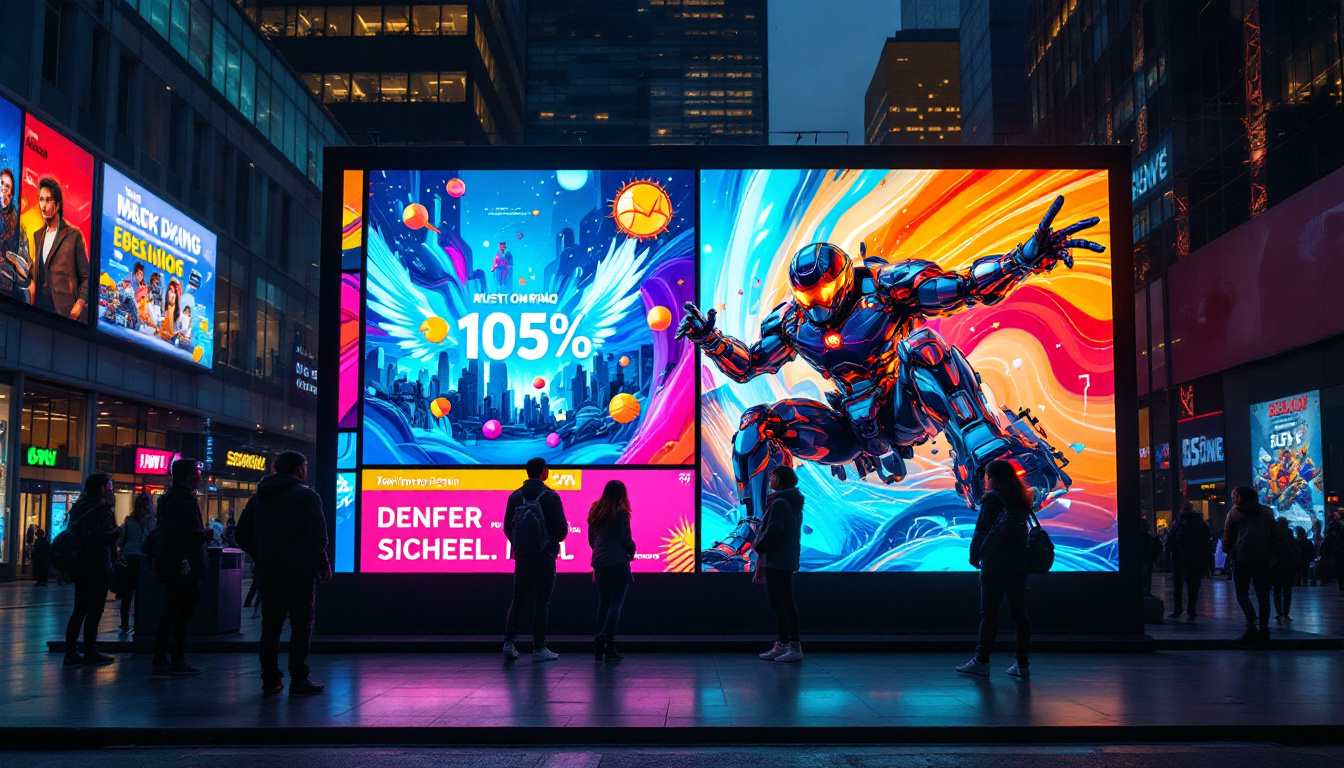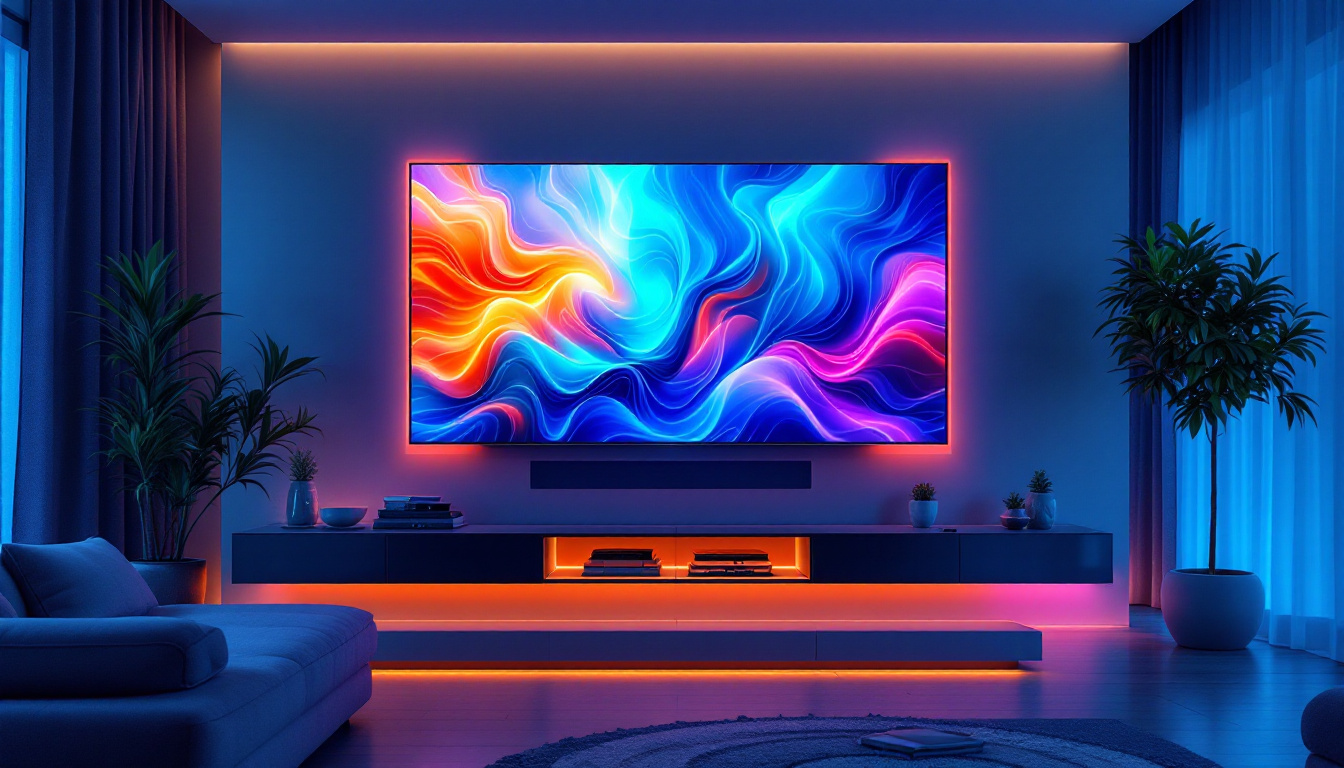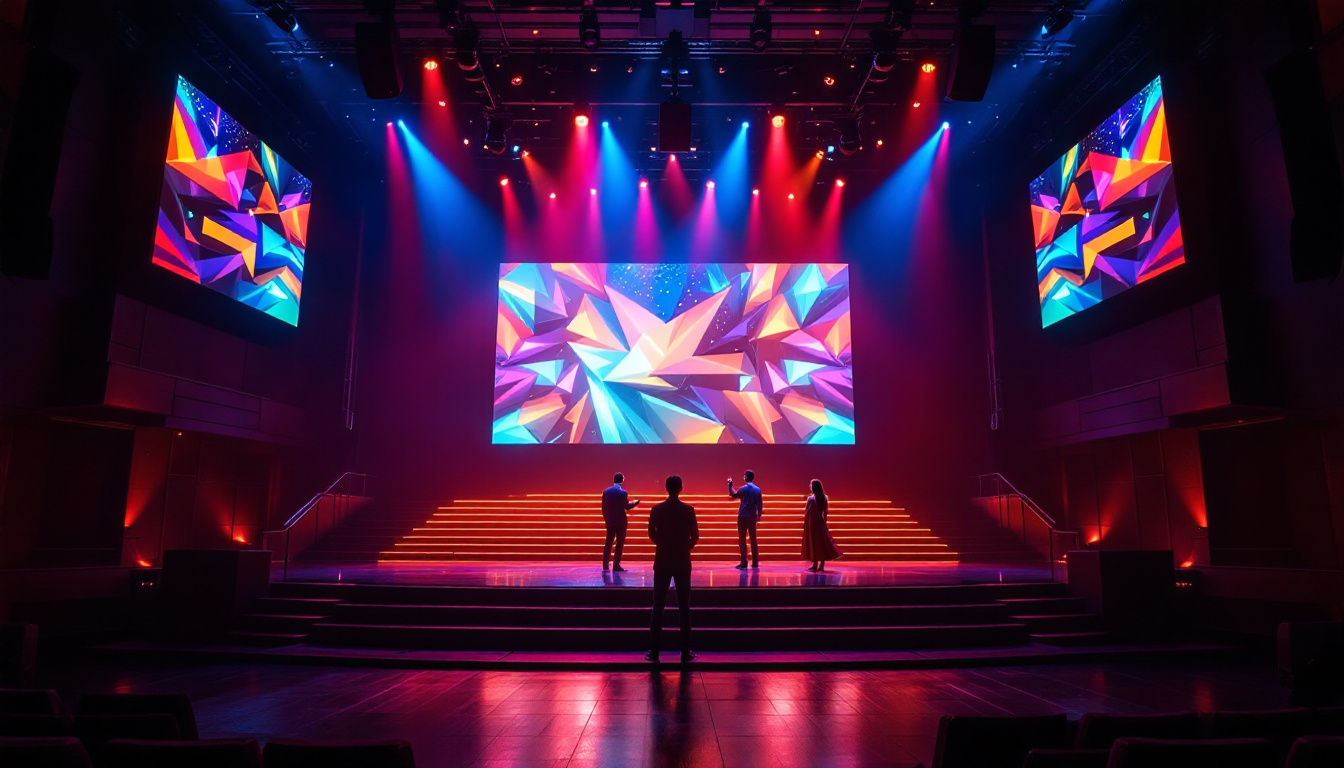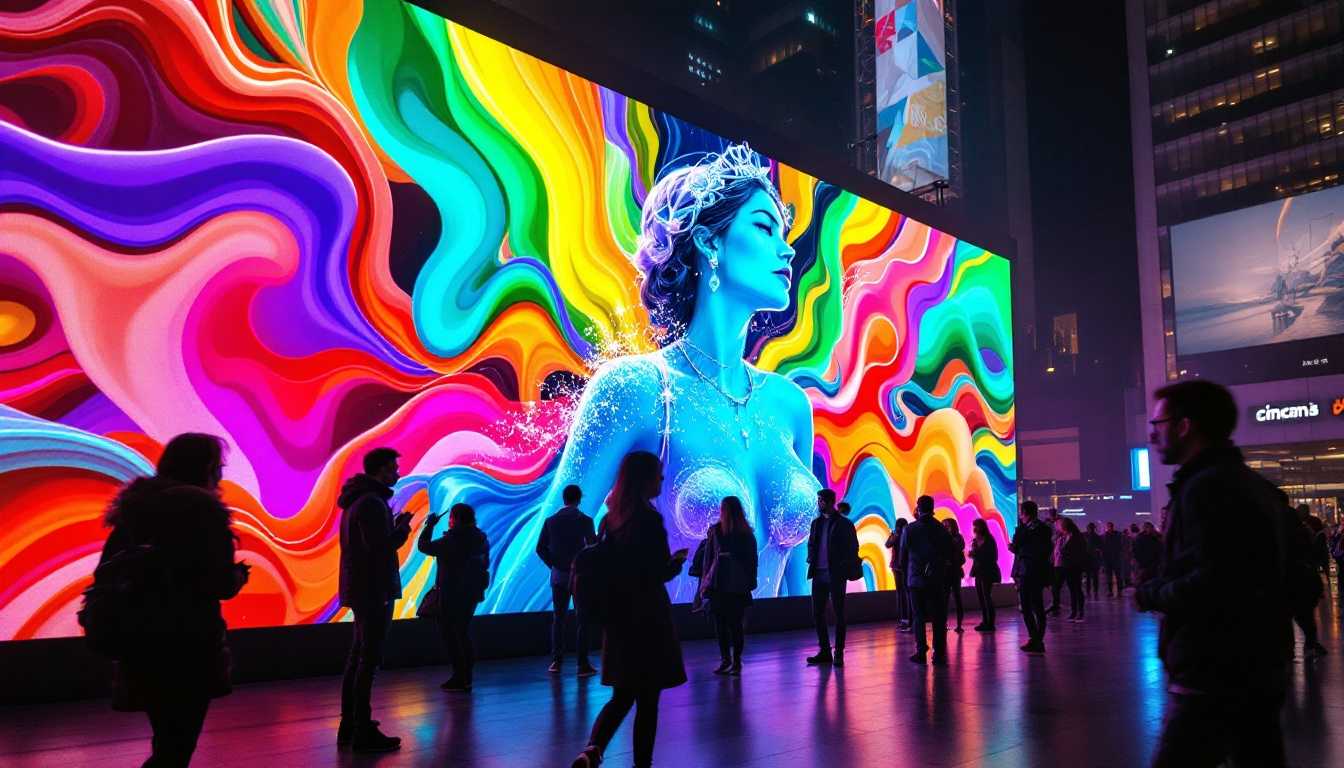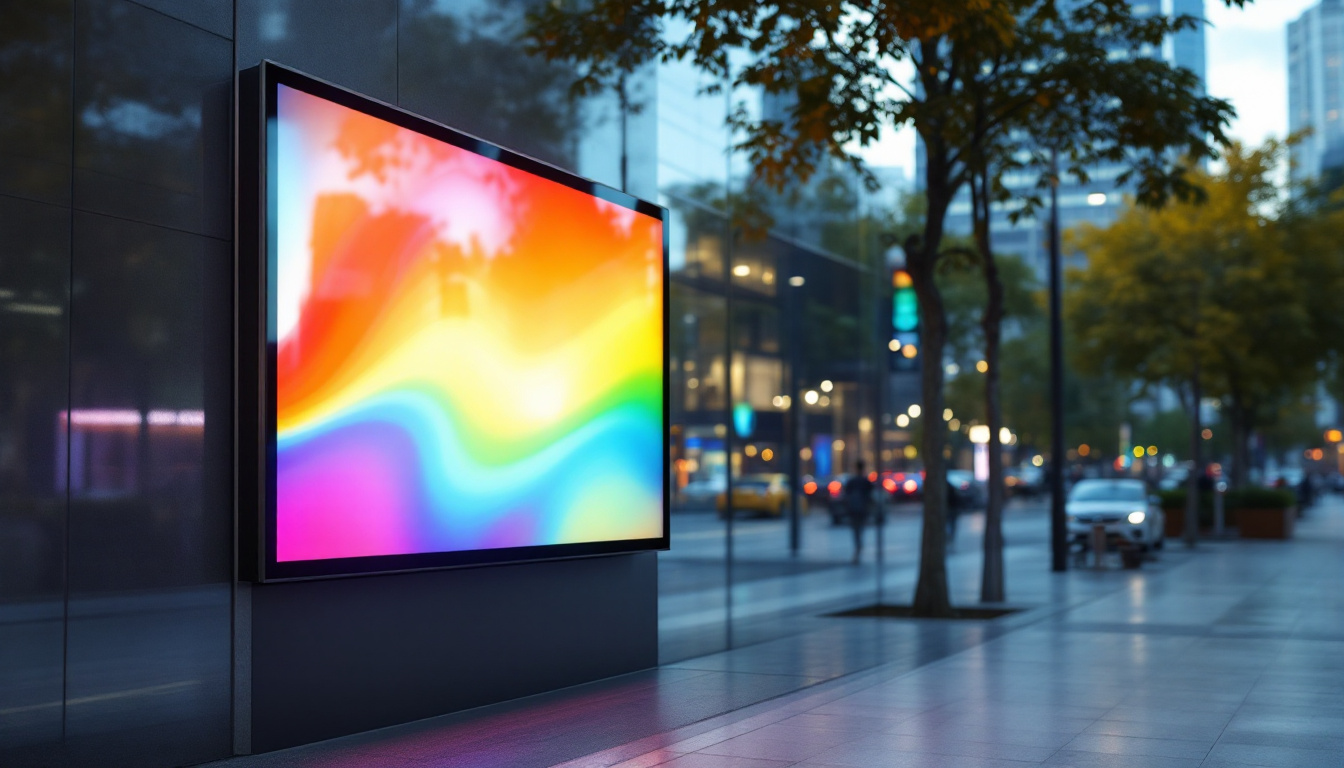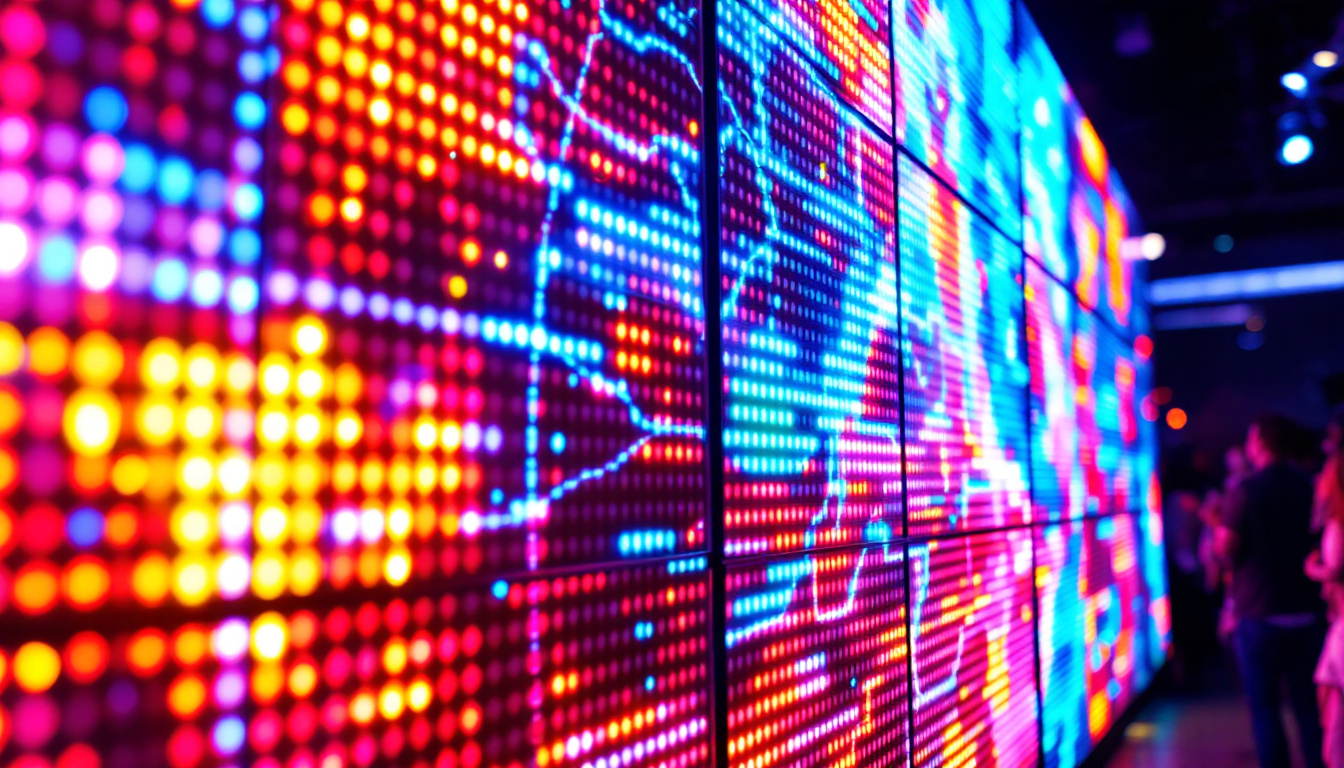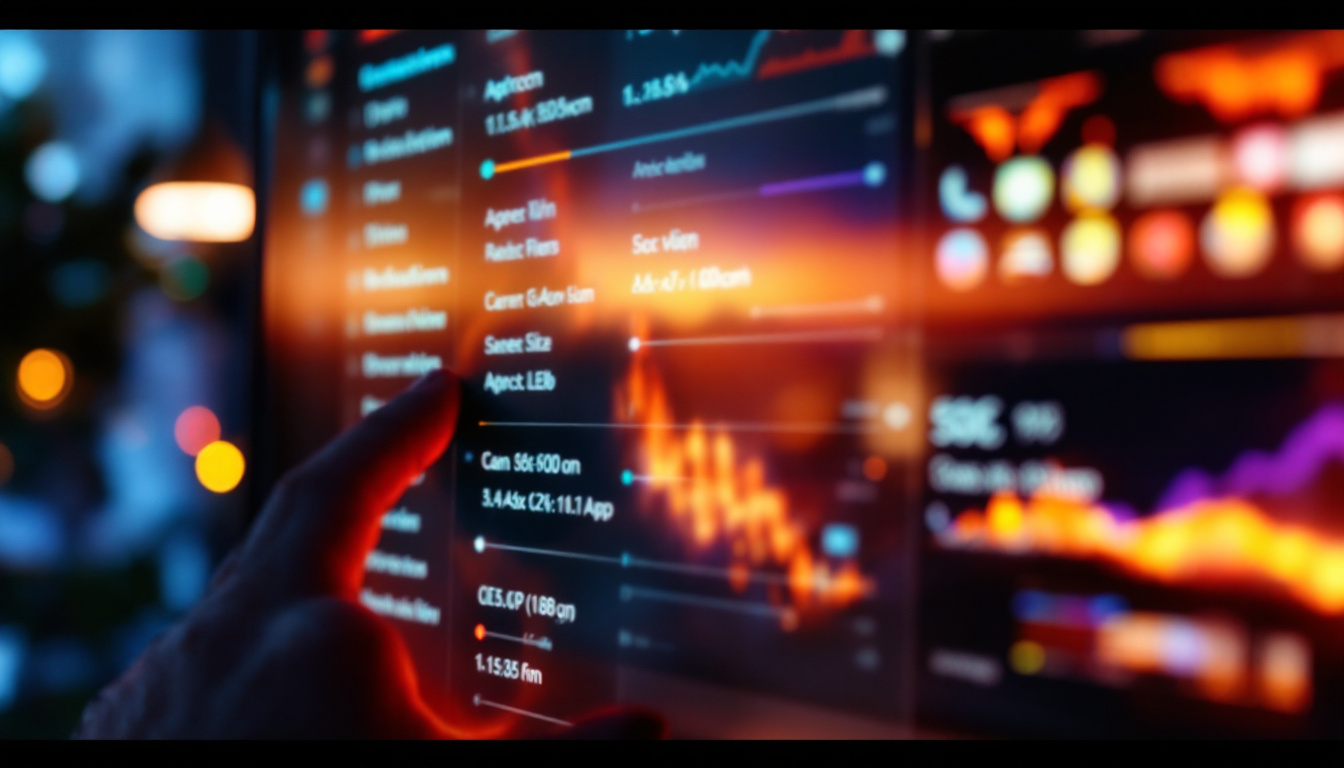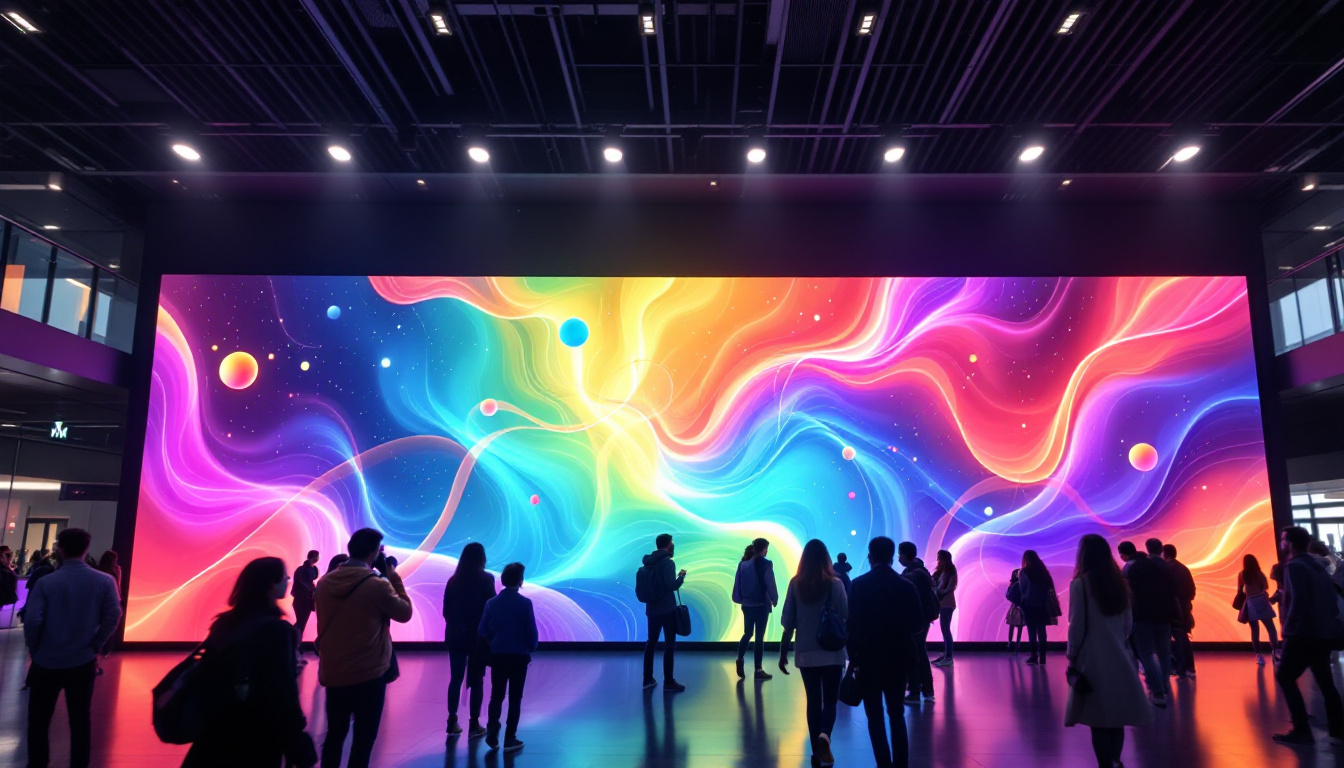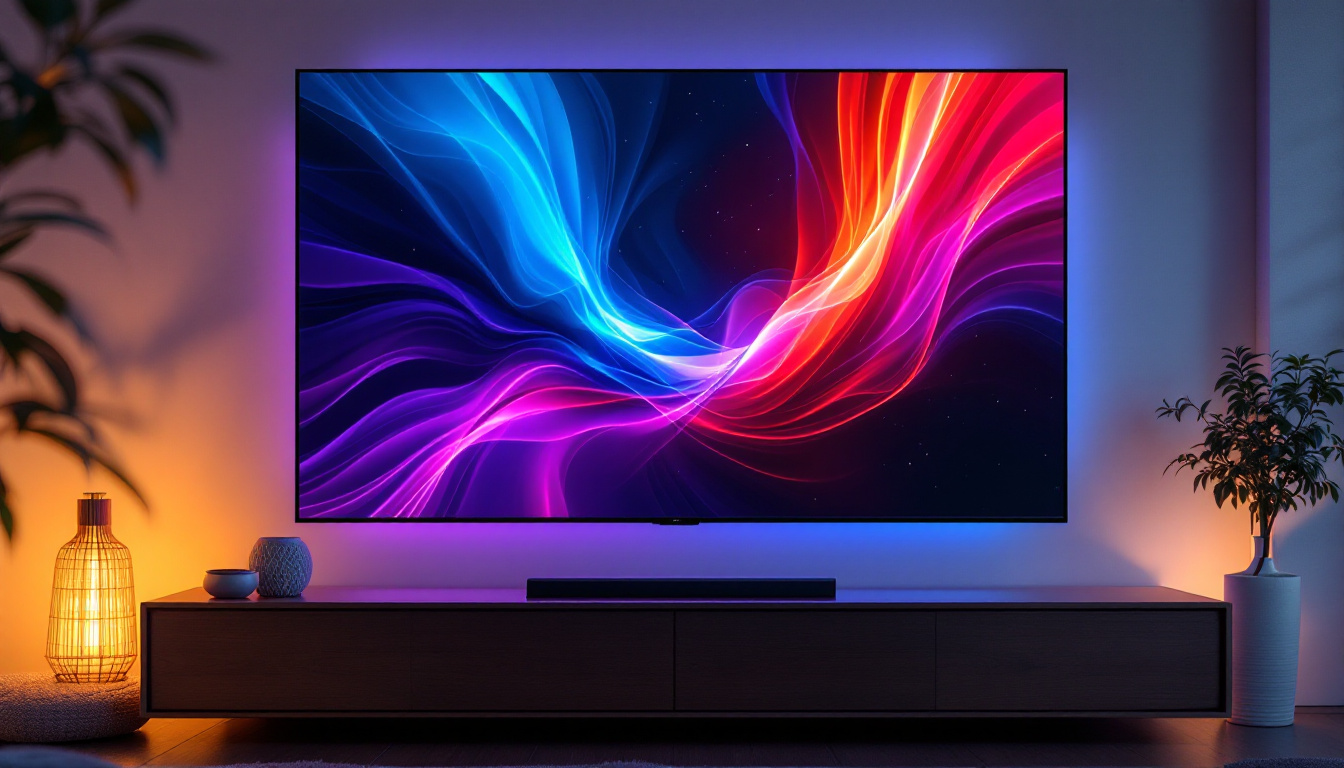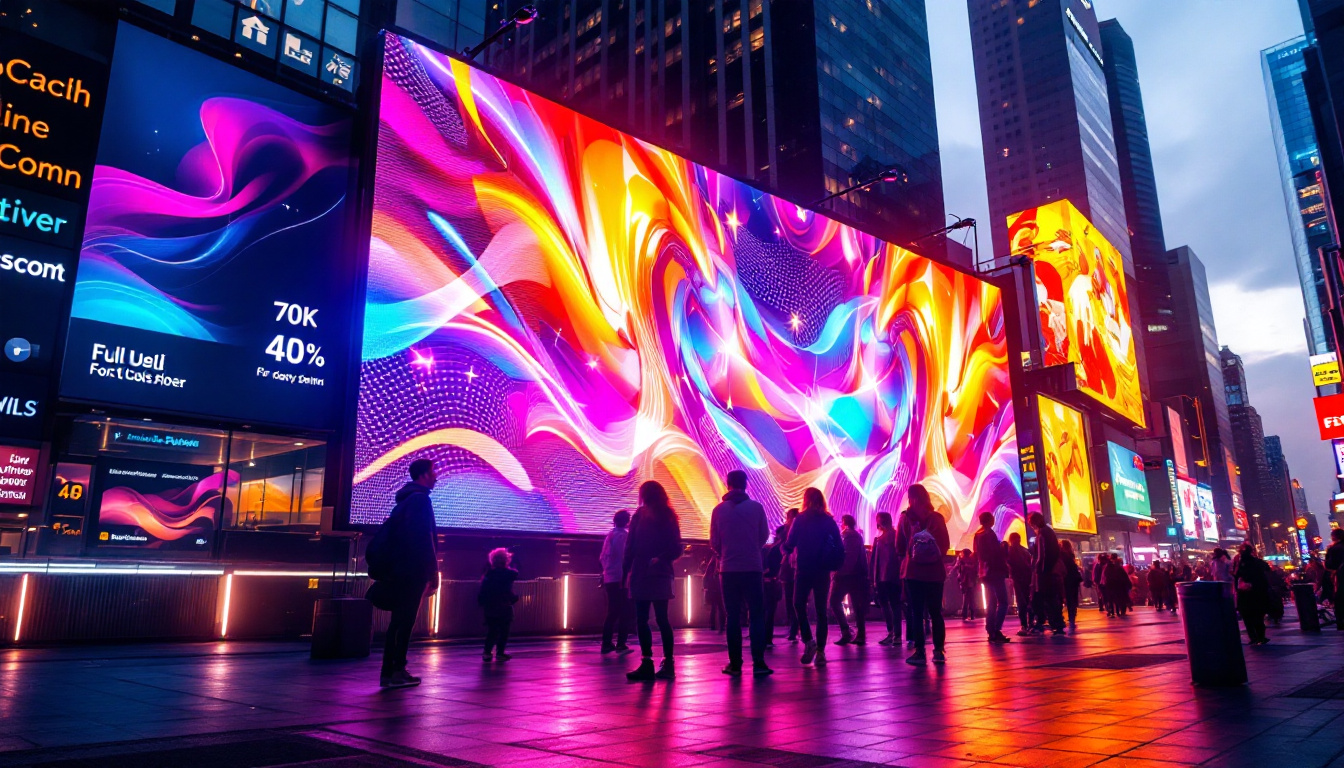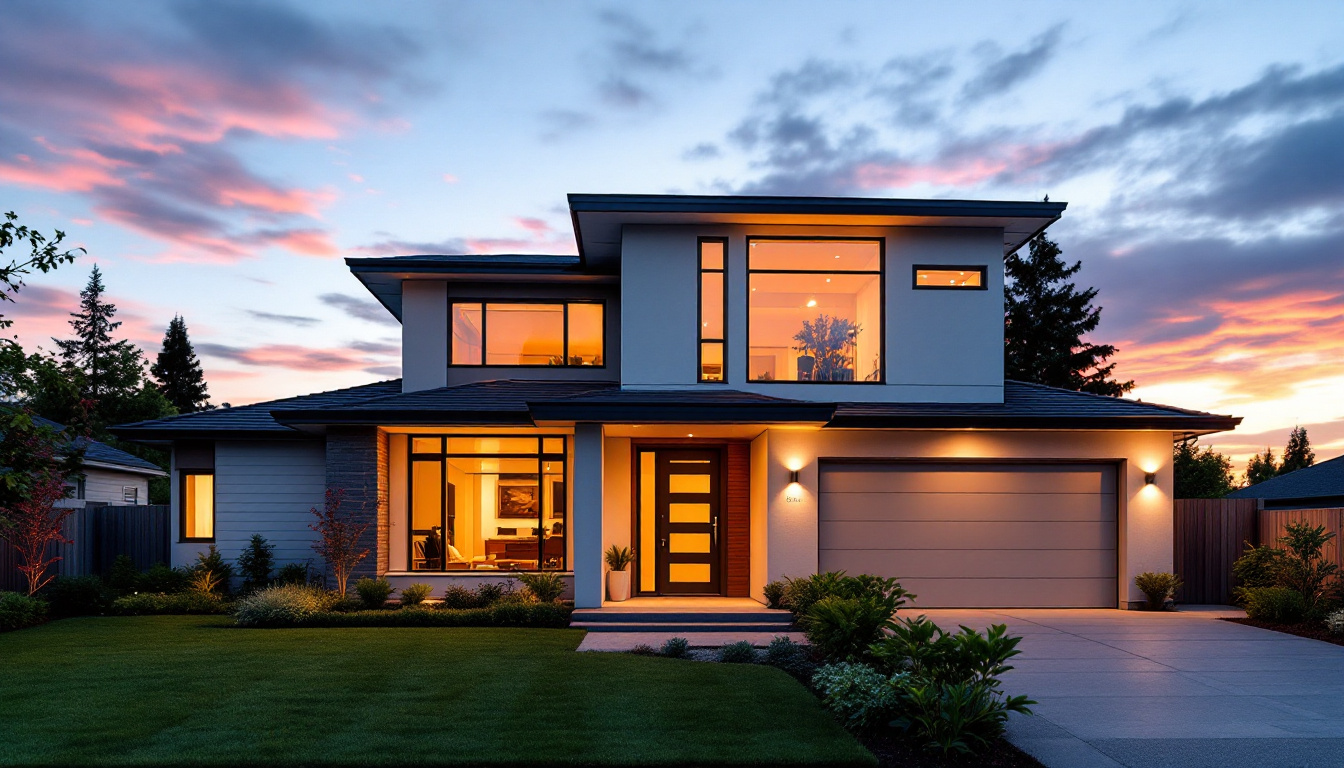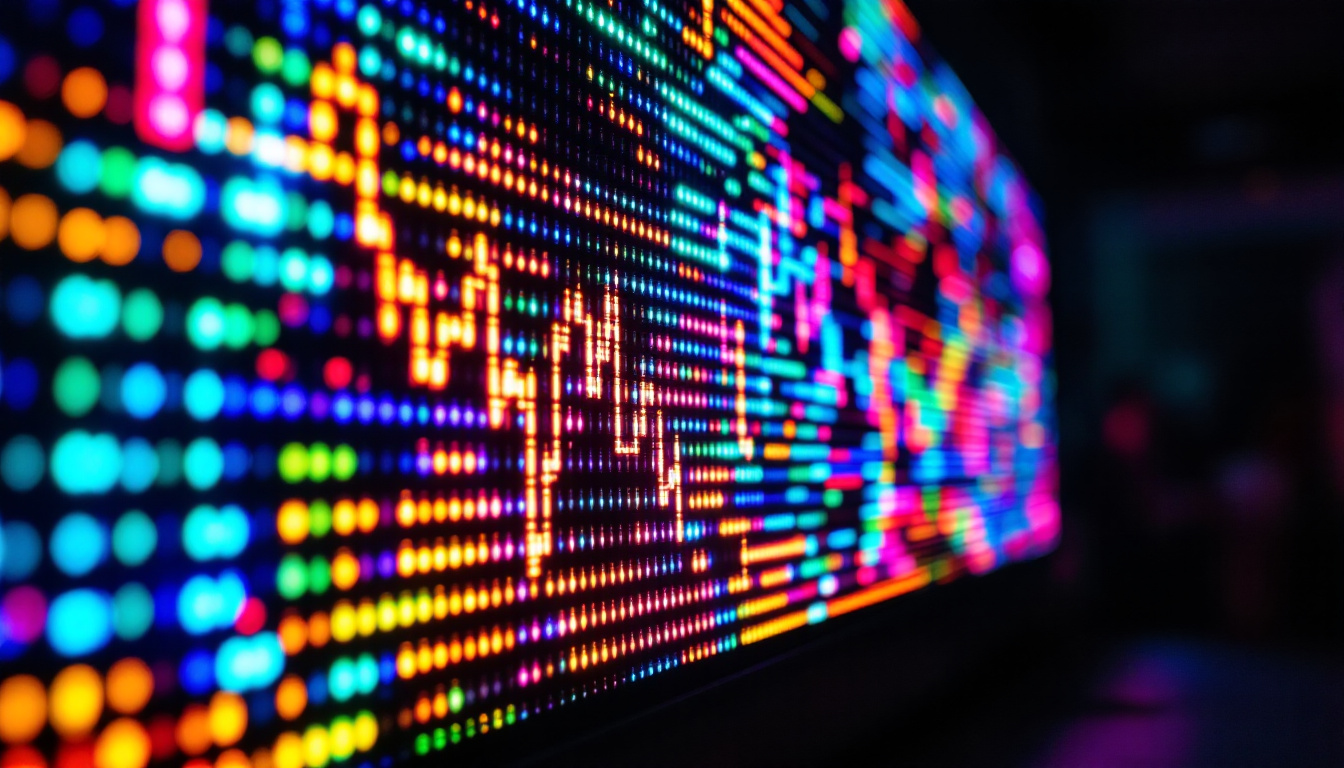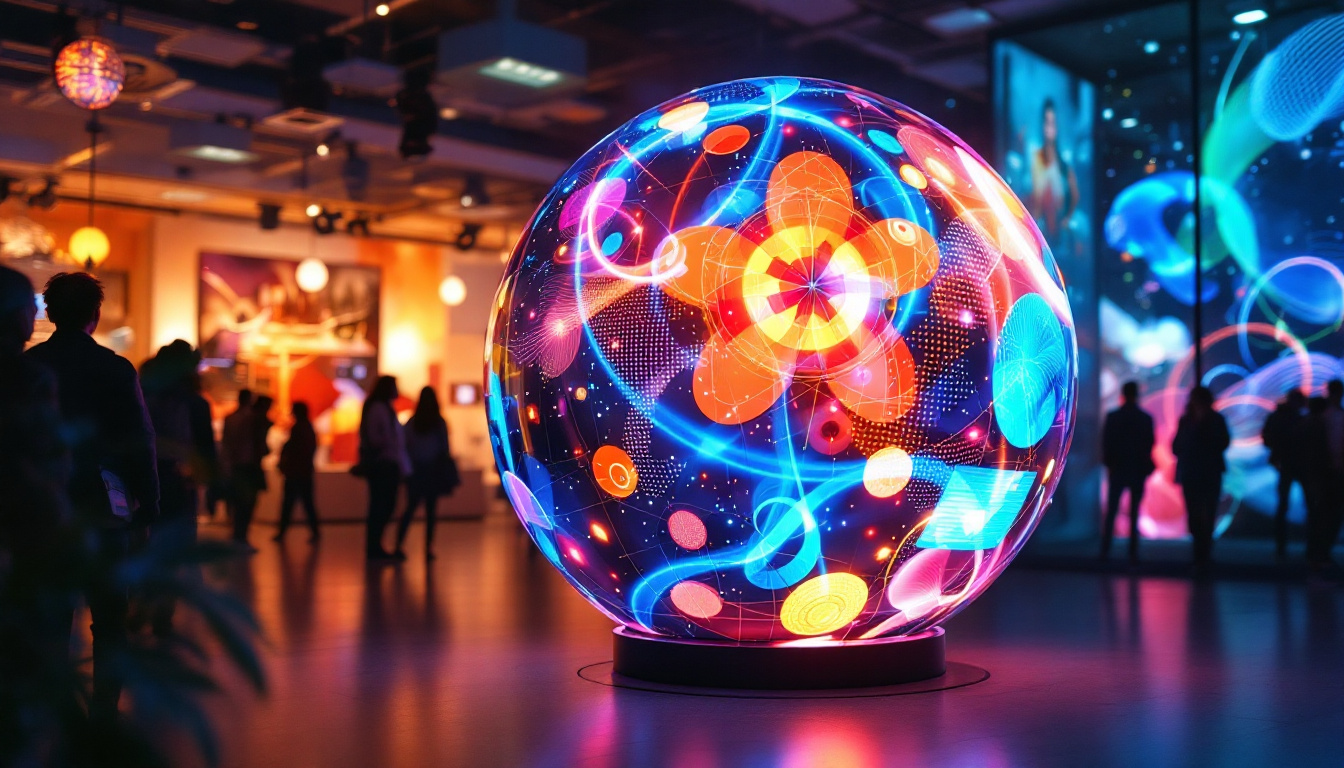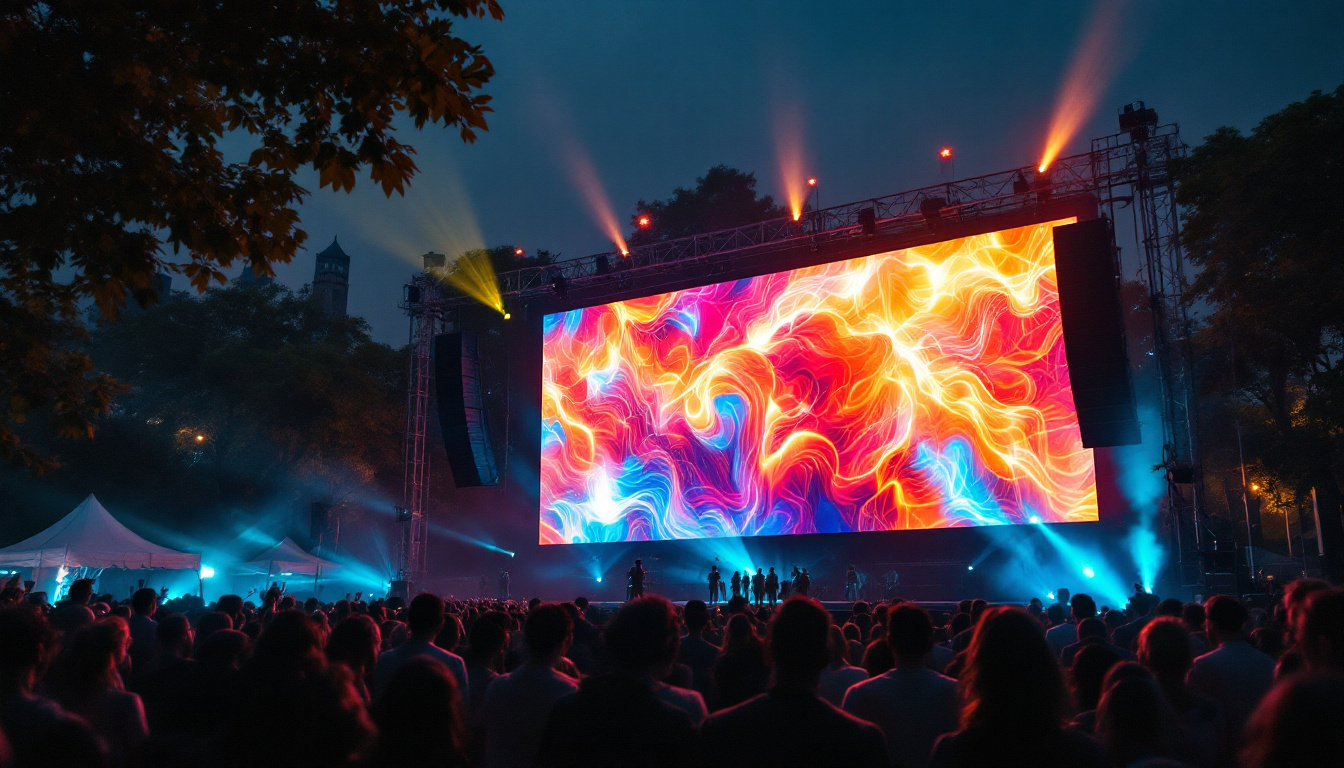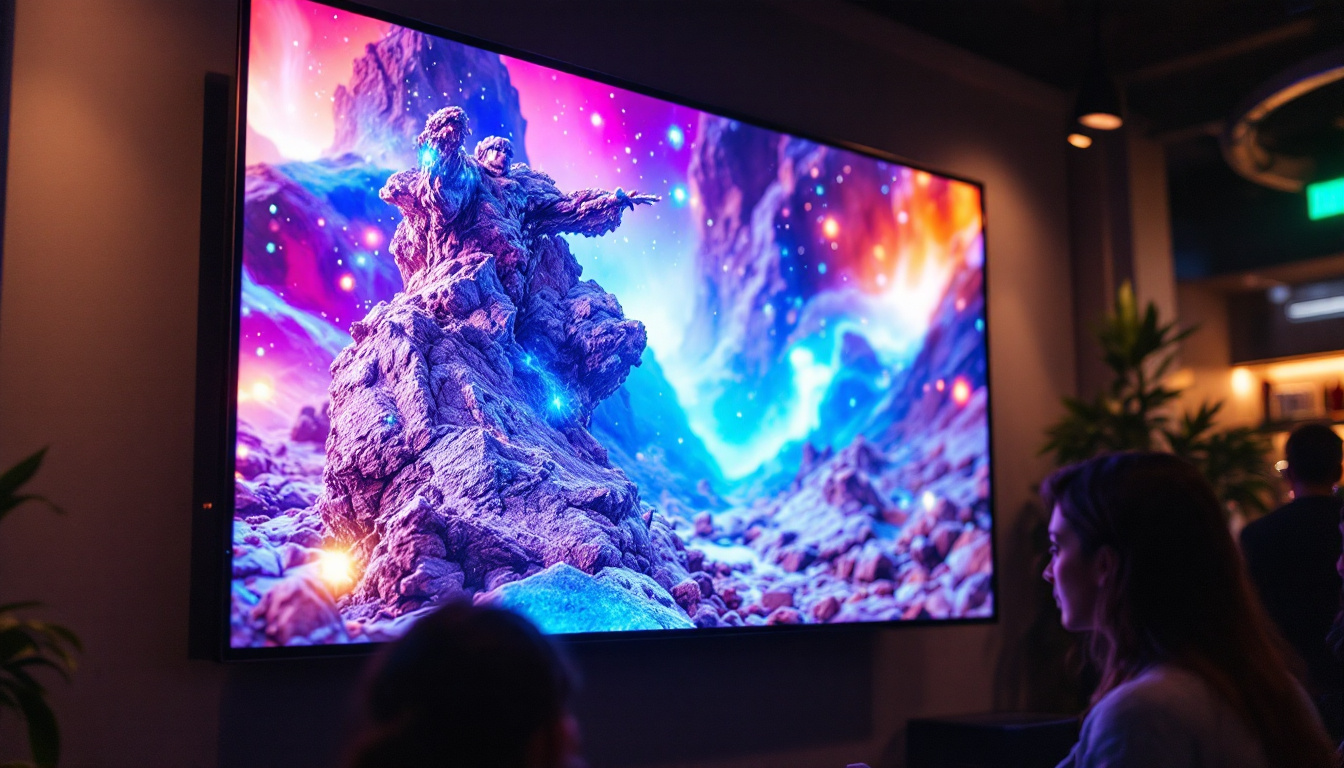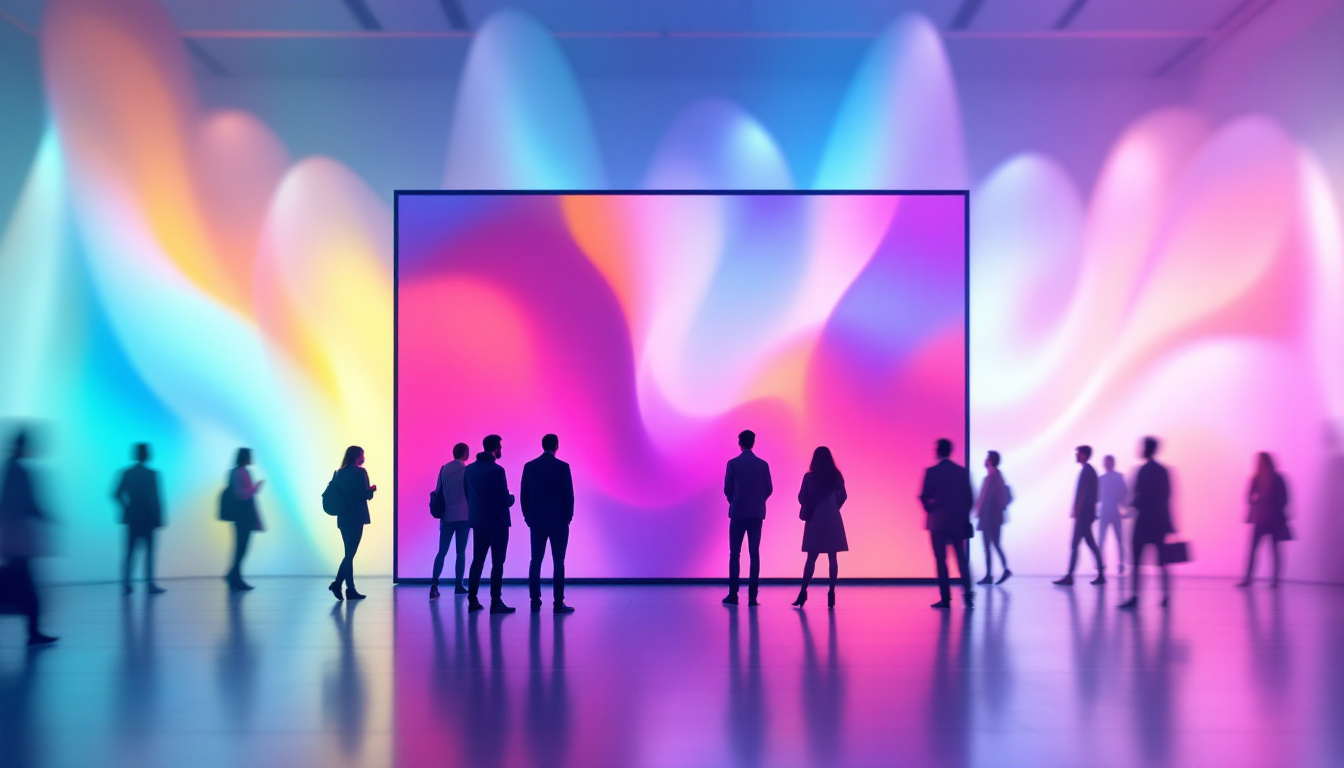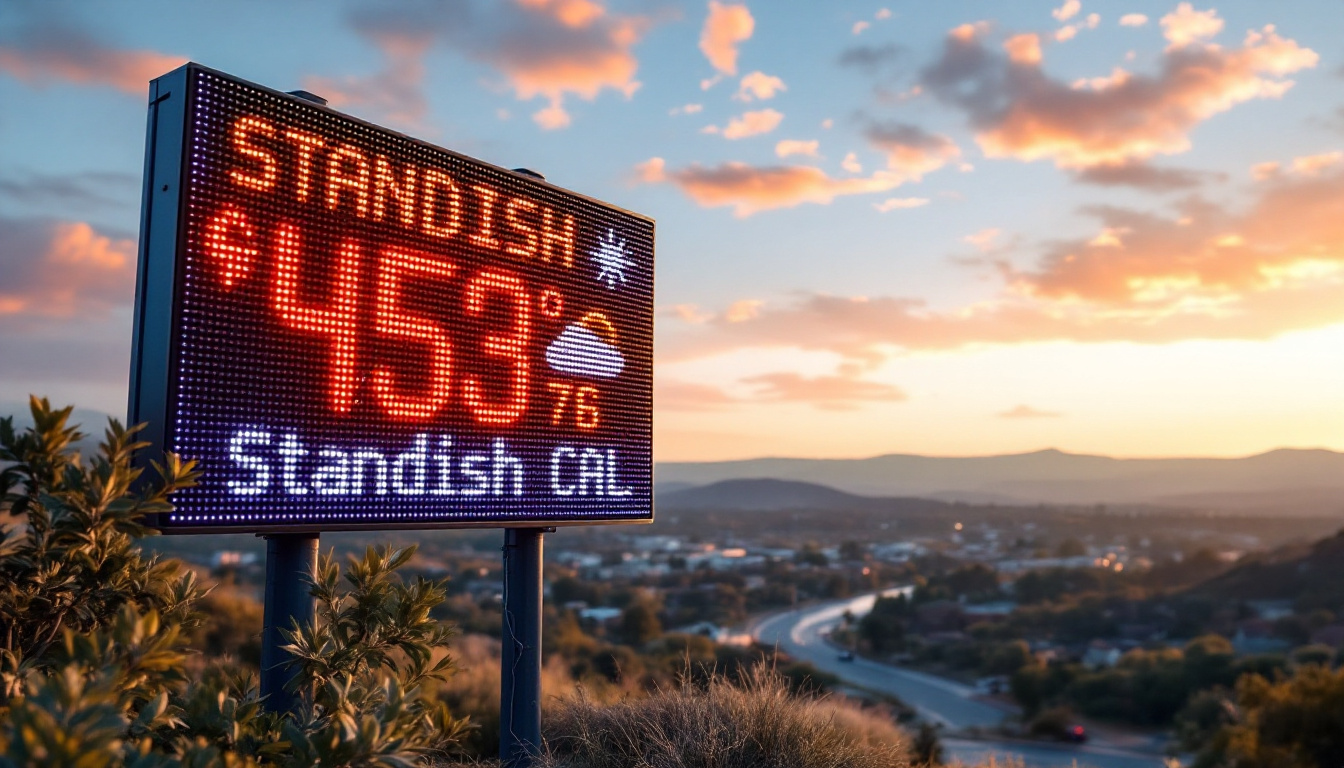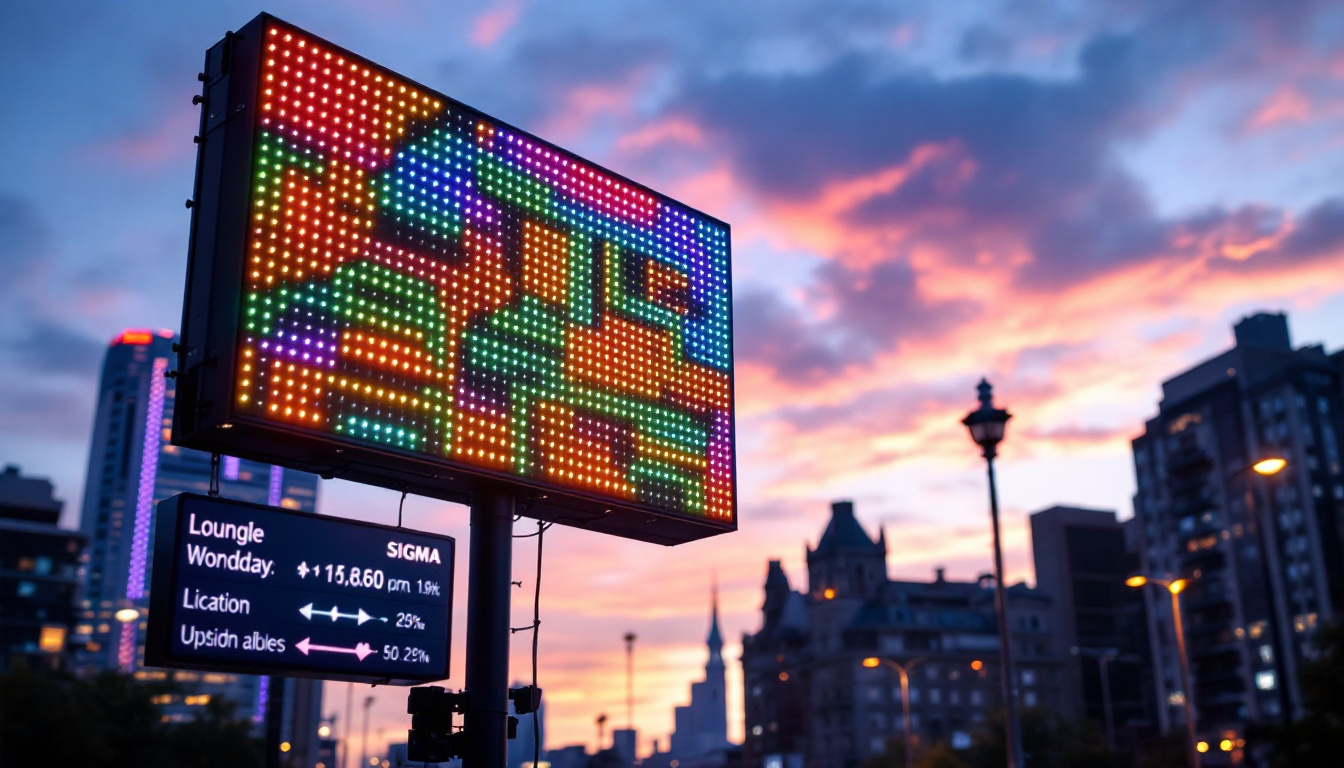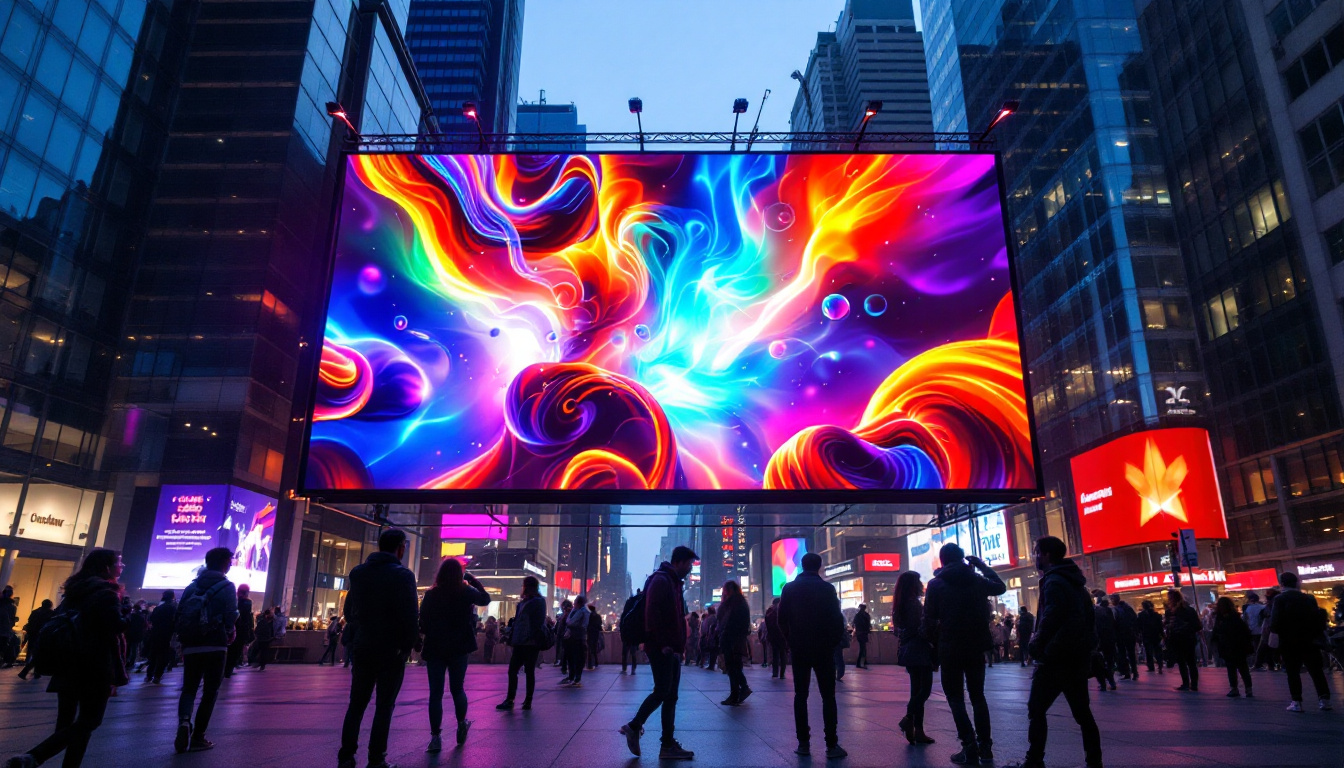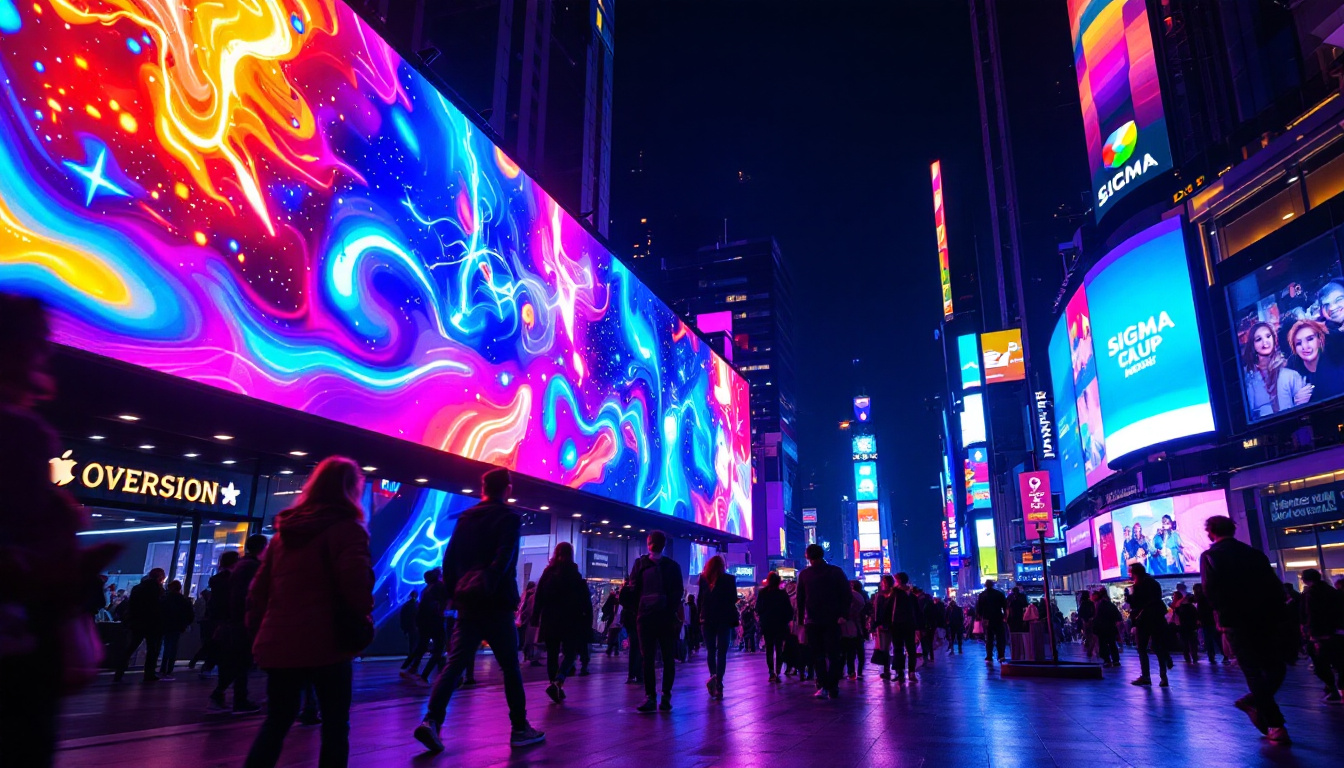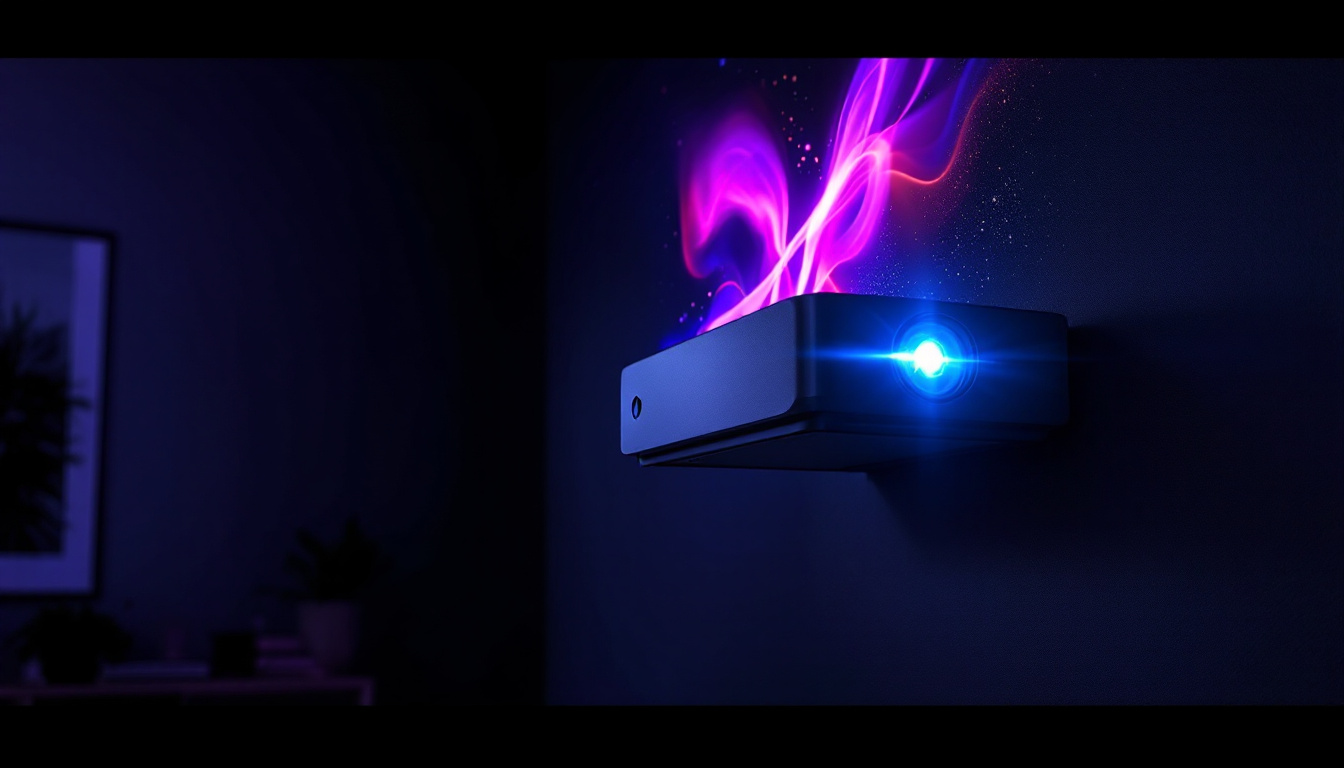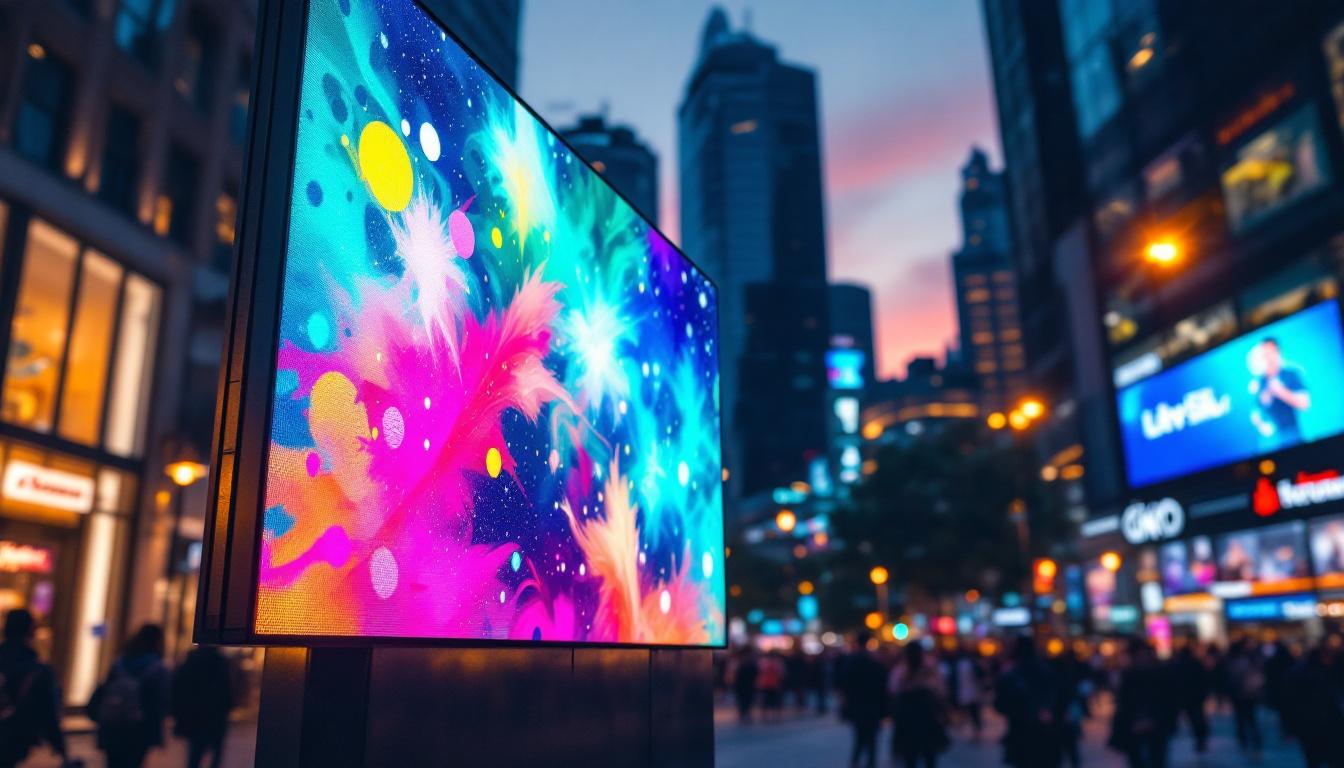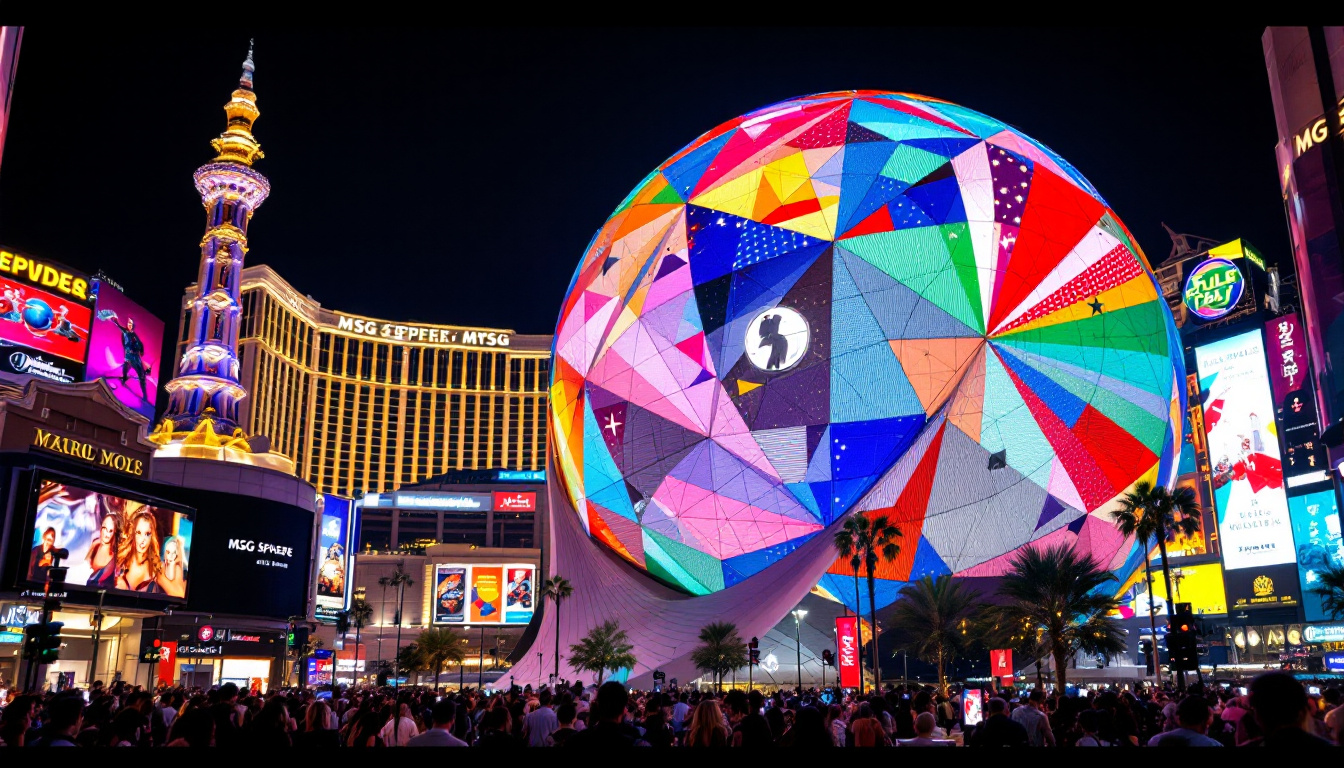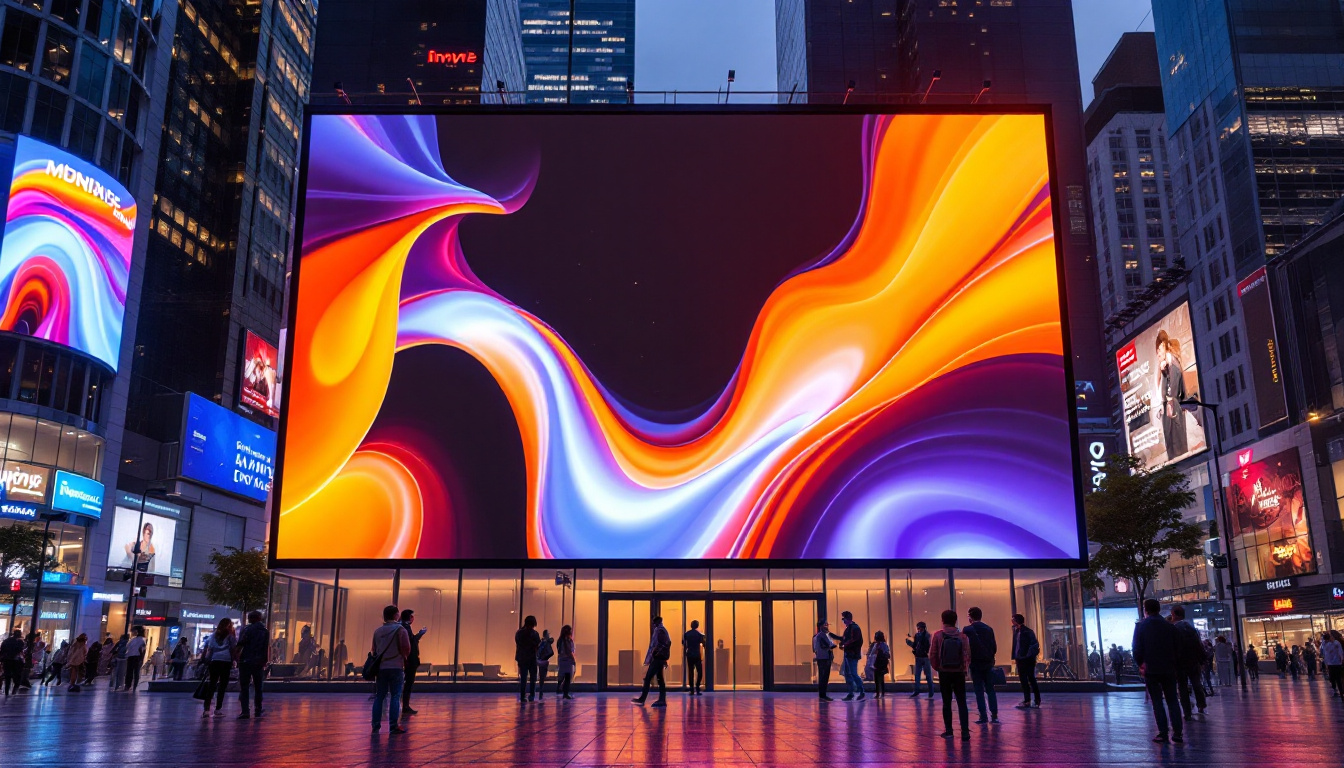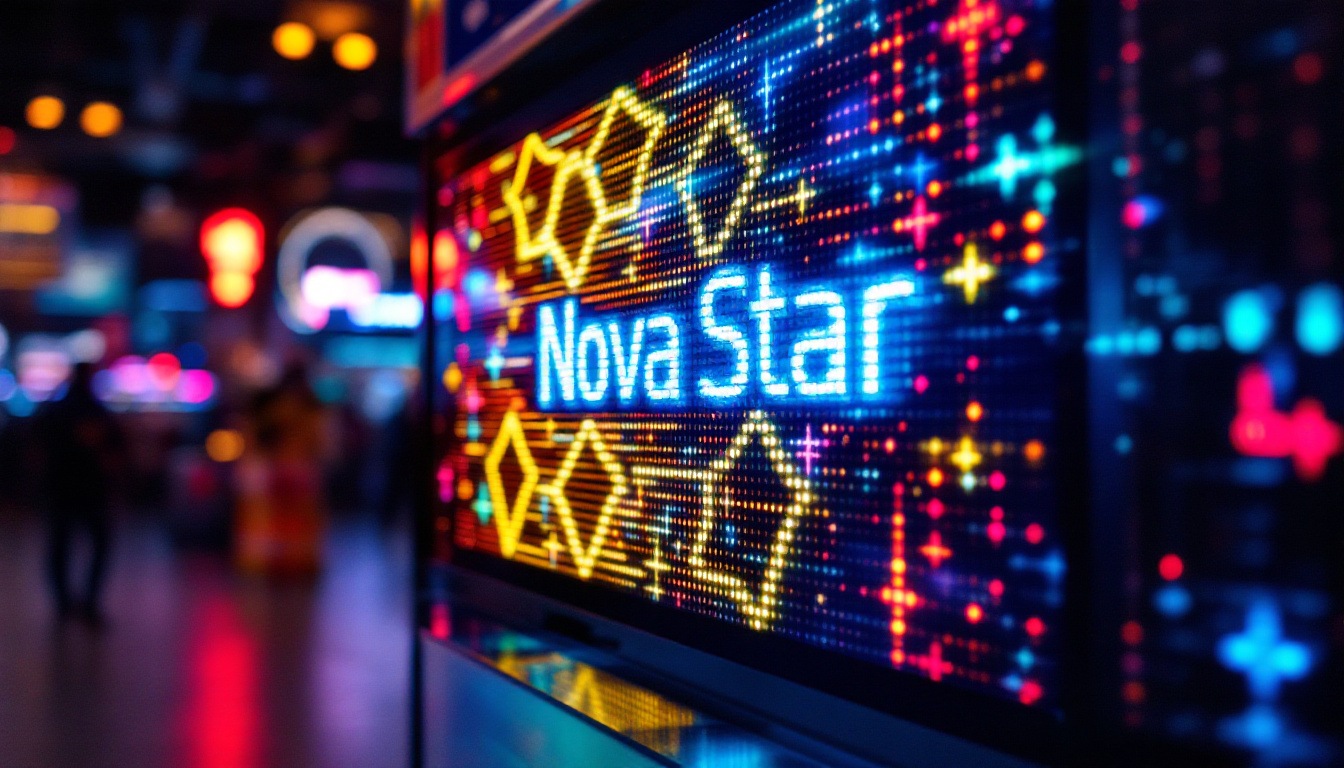In the rapidly evolving landscape of advertising, digital signage has emerged as a powerful tool for businesses to engage with their audience. Among the various types of digital signage, LED displays stand out due to their vibrant colors, versatility, and ability to capture attention. This article delves into the nuances of advertising through LED displays, exploring their benefits, applications, and best practices for effective implementation.
Understanding LED Displays
LED (Light Emitting Diode) displays are a form of digital signage that utilizes LED technology to produce bright, dynamic visuals. These displays come in various forms, including indoor and outdoor screens, video walls, and billboards. Their ability to showcase high-resolution images and videos makes them an ideal choice for advertising.
How LED Displays Work
At their core, LED displays consist of numerous tiny light-emitting diodes arranged in a grid. Each diode can emit different colors, allowing for the creation of a full spectrum of hues. When combined, these diodes produce clear and vibrant images that can be seen from various distances. The technology behind LED displays also enables them to be energy-efficient, making them a sustainable option for businesses. Furthermore, advancements in LED technology have led to improvements in brightness and color accuracy, ensuring that visuals remain striking even in bright sunlight or dimly lit environments.
Types of LED Displays
LED displays come in several types, each suited for specific applications. Indoor displays are typically used in retail environments, conference rooms, and event venues, where they can deliver high-quality visuals in controlled lighting conditions. Outdoor displays, on the other hand, are designed to withstand the elements and are often used for billboards and large-scale advertisements. These outdoor models are equipped with protective casings and advanced cooling systems to ensure longevity and performance in various weather conditions.
Additionally, there are transparent LED displays, which allow for visibility through the screen while still showcasing content. This innovative technology is particularly popular in retail storefronts, where it can enhance the customer experience without obstructing views of products. Another emerging type is the flexible LED display, which can be bent and shaped to fit unconventional spaces, opening up new possibilities for creative installations. These flexible displays are increasingly being used in art installations and unique architectural designs, allowing for a seamless integration of technology and aesthetics.
The Advantages of LED Displays in Advertising
LED displays offer numerous advantages that make them a preferred choice for advertising. Their unique features can significantly enhance the effectiveness of marketing campaigns.
High Visibility and Impact
One of the most significant benefits of LED displays is their high visibility. The brightness and clarity of the visuals ensure that advertisements can be seen even in direct sunlight. This capability makes LED displays particularly effective for outdoor advertising, where competition for attention is fierce.
Moreover, the dynamic nature of LED displays allows for animated content, which can capture the audience’s attention more effectively than static images. This interactivity can lead to higher engagement rates and improved brand recall.
Versatility in Content Delivery
LED displays are incredibly versatile, allowing businesses to showcase a wide range of content types. From promotional videos and live feeds to social media updates and event announcements, the possibilities are virtually limitless. This adaptability enables businesses to tailor their messaging to specific audiences and occasions.
Furthermore, the ability to update content remotely and in real-time means that businesses can respond to market trends, customer preferences, and current events quickly. This agility can give companies a competitive edge in fast-paced environments.
Cost-Effectiveness Over Time
While the initial investment in LED display technology can be significant, the long-term cost-effectiveness is undeniable. LED displays are known for their durability and low maintenance requirements. Unlike traditional signage, which may need frequent replacements, LED displays can last for years with minimal upkeep.
Additionally, the energy efficiency of LED technology translates to lower electricity costs, further enhancing the return on investment. As businesses increasingly seek sustainable solutions, LED displays align well with eco-friendly practices.
Applications of LED Displays in Various Industries
The versatility of LED displays allows them to be utilized across a wide range of industries. Their applications are as diverse as the businesses that use them.
Retail and Shopping Centers
In retail environments, LED displays serve as powerful marketing tools. They can be used to promote sales, showcase new products, and create immersive shopping experiences. For instance, a clothing store might use an LED display to show a fashion show or highlight customer testimonials, drawing shoppers in and encouraging purchases.
Shopping centers often employ large LED screens in common areas to advertise upcoming events, sales, and promotions from various retailers. This not only benefits individual stores but also enhances the overall shopping experience for visitors.
Transportation Hubs
Airports, train stations, and bus terminals are prime locations for LED displays. These venues utilize screens to provide real-time information about arrivals, departures, and delays. Additionally, advertisements can be strategically placed to target travelers, offering promotions for nearby hotels, restaurants, and attractions.
The high visibility of LED displays in these settings ensures that important information is conveyed effectively, while also creating opportunities for businesses to reach a captive audience.
Events and Entertainment
LED displays play a crucial role in the events and entertainment industry. Concerts, festivals, and sporting events often feature large LED screens to enhance the audience’s experience. These displays can broadcast live footage, highlight sponsors, and provide information about the event.
Moreover, LED displays can be used creatively in stage design, adding dynamic visual elements that complement performances and engage attendees. This innovative use of technology can elevate the overall atmosphere of an event.
Best Practices for Implementing LED Displays
To maximize the effectiveness of LED displays in advertising, businesses should adhere to several best practices. These guidelines can help ensure that the investment yields the desired results.
Content is Key
The success of an LED display hinges on the quality of the content being showcased. High-resolution images and videos that are visually appealing and relevant to the target audience are essential. It’s important to create content that is not only informative but also engaging, encouraging viewers to take action.
Additionally, businesses should consider the frequency of content updates. Regularly refreshing the displayed material keeps the messaging current and maintains audience interest. Seasonal promotions, new product launches, and timely announcements can all benefit from a well-planned content calendar.
Strategic Placement
The placement of LED displays is critical to their effectiveness. Businesses should consider factors such as visibility, foot traffic, and the surrounding environment when determining where to install their displays. High-traffic areas with good sightlines are ideal for maximizing exposure.
Furthermore, the size and resolution of the display should match the viewing distance. Larger displays may be necessary for outdoor settings, while smaller, high-resolution screens may be more appropriate for indoor environments.
Measuring Effectiveness
To gauge the success of LED display advertising, businesses should implement metrics to measure effectiveness. This can include tracking foot traffic, sales conversions, and audience engagement. Utilizing tools such as QR codes or unique URLs can help in assessing how many people respond to specific campaigns.
Regular analysis of these metrics allows businesses to refine their strategies and make data-driven decisions for future advertising efforts. Understanding what works and what doesn’t can lead to continuous improvement and greater ROI.
The Future of LED Displays in Advertising
The future of LED displays in advertising looks promising, with advancements in technology continually enhancing their capabilities. Innovations such as interactive displays, augmented reality integration, and improved energy efficiency are set to redefine how businesses engage with their audiences.
Interactive and Engaging Experiences
As technology evolves, so does the potential for interactivity in LED displays. Touchscreen capabilities and gesture recognition can transform passive viewing into an engaging experience. This interactivity not only captivates audiences but also encourages them to interact with the brand in meaningful ways.
For example, businesses can create campaigns that allow customers to participate in contests or provide feedback directly through the display. This level of engagement can foster a stronger connection between the brand and its audience.
Integration with Smart Technologies
The rise of smart technologies presents exciting opportunities for LED displays. Integration with data analytics and artificial intelligence can enable businesses to deliver personalized content based on audience demographics and preferences. This targeted approach can significantly enhance the effectiveness of advertising campaigns.
Moreover, smart LED displays can communicate with other devices, creating a seamless experience for consumers. For instance, a display could change its content based on the time of day, weather conditions, or even social media trends, ensuring that messaging remains relevant and timely.
Sustainability and Eco-Friendly Practices
As sustainability becomes a priority for consumers and businesses alike, LED displays are well-positioned to lead the charge in eco-friendly advertising solutions. The energy efficiency of LED technology, combined with advancements in recycling and materials, can contribute to a more sustainable advertising landscape.
Businesses that prioritize sustainability in their advertising efforts can enhance their brand image and appeal to environmentally conscious consumers. By adopting LED displays, companies not only reduce their carbon footprint but also demonstrate a commitment to responsible practices.
Conclusion
Advertising through LED displays represents a dynamic and effective approach to reaching audiences in today’s fast-paced environment. With their high visibility, versatility, and cost-effectiveness, LED displays offer businesses an opportunity to stand out and engage consumers in meaningful ways.
By understanding the technology behind LED displays, leveraging their advantages, and following best practices for implementation, businesses can maximize their advertising efforts. As the landscape continues to evolve, staying ahead of trends and embracing innovation will be key to success in the world of digital signage.
In a world where attention is fleeting, LED displays provide a powerful means to capture and retain interest, making them an invaluable asset for any advertising strategy.
Discover LumenMatrix’s Innovative LED Solutions
Ready to elevate your advertising strategy with high-impact LED displays? LumenMatrix is at the forefront of LED display technology, offering a wide array of solutions tailored to your unique needs. From Indoor and Outdoor LED Wall Displays to specialized options like Vehicle, Sports, and Floor LED Displays, our products are designed to captivate your audience and amplify your message. Experience the future of visual communication with our Custom, All-in-One, and Transparent LED Displays. Check out LumenMatrix LED Display Solutions today and transform the way you engage with your customers.

